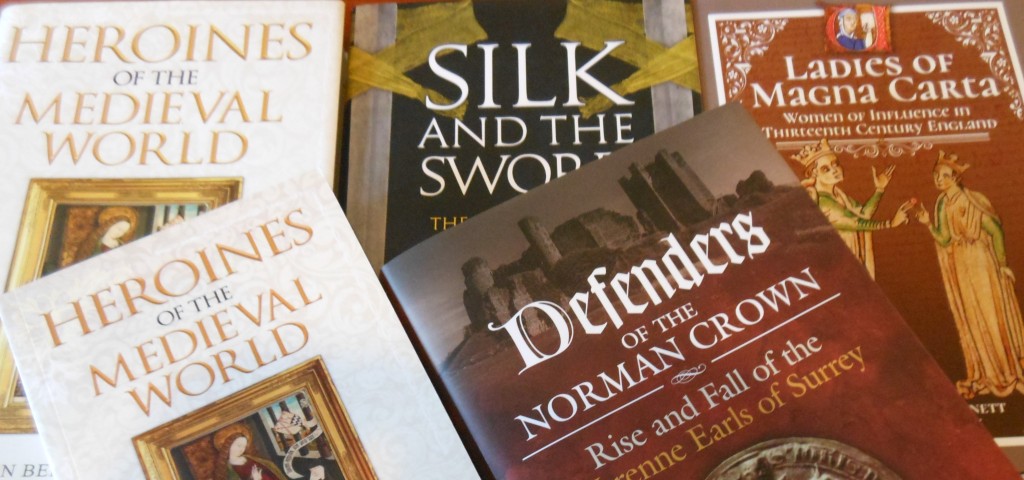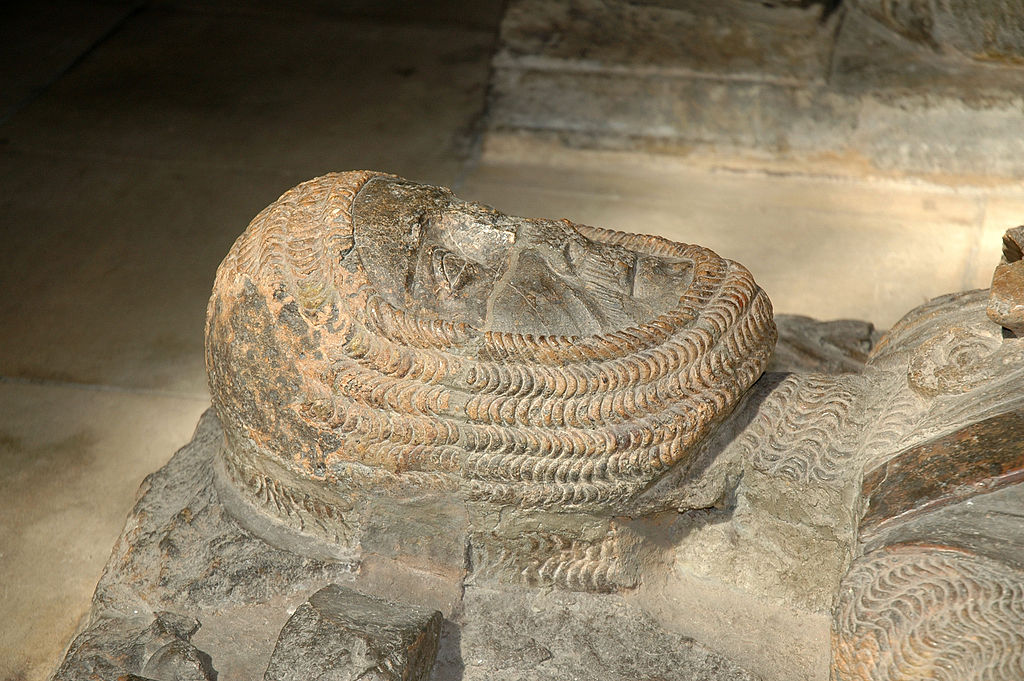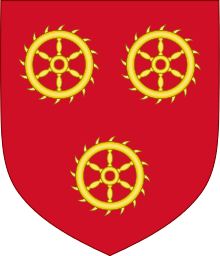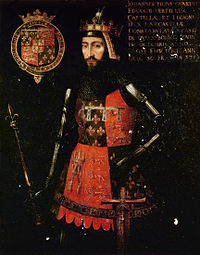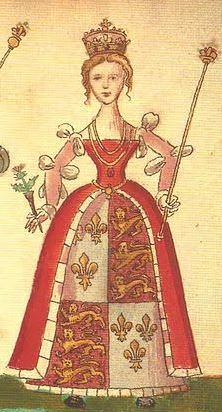Ireland 1652: In the desperate, final days of the English invasion . . .
A fey young woman, Áine Callaghan, is the sole survivor of an attack by English marauders. When Irish soldier Niall O’Coneill discovers his own kin slaughtered in the same massacre, he vows to hunt down the men responsible. He takes Áine under his protection and together they reach the safety of an encampment held by the Irish forces in Tipperary.
Hardly a safe haven, the camp is rife with danger and intrigue. Áine is a stranger with the old stories stirring on her tongue and rumours follow her everywhere. The English cut off support to the brigade, and a traitor undermines the Irish cause, turning Niall from hunter to hunted.
When someone from Áine’s past arrives, her secrets boil to the surface—and she must slay her demons once and for all.
As the web of violence and treachery grows, Áine and Niall find solace in each other’s arms—but can their love survive long-buried secrets and the darkness of vengeance?
Thank you so much to Cryssa Bazos for disrupting my work this week! Instead of working for 3 hours and then reading for an hour over lunch, I’ve been working for 1 hour and reading for 3! But it’s ok, I’ve finished Rebel’s Knot now so I can get on with my life. What a bloody amazing book – again!
I do not usually read stories set in the 17th century, they’re a little out of my comfort zone. However, novels by Cryssa Bazos have definitely earned an exemption. This is Cryssa’s third book set in the civil wars that tore Britain apart during the reign of Charles I. The first was set in England whilst the second followed the exploits of those unfortunates who were forced into indentured servitude in the colonies. This third instalment follows the fortunes of the Irish Catholics who continued to hold on to their resistance to Oliver Cromwell an the Parliamentarians.
Pursuing a form of guerrilla warfare against a much stringer and better equipped English army, the Irish brigades sheltered in Ireland’s forests and depended on the goodwill of the Irish people to survive. Rebel’s Knot tells the story of one such brigade, the harsh conditions they were forced to live under and the political divisions that threatened to destroy their cause.
Áine still clutched the poker, her back pressed against the stone fireplace. She had never been more alarmed in her life to see a man materialise in her path. From experience, she gave them all distance. Niall O’Coneill had appeared, sprung from legend—a blazing warrior brandishing a gleaming sword, accompanied by a kingly wolfhound. He looked capable of hewing a giant in half. Were it not for his mud-splattered mantle, stubbled beard and dark shadows beneath his eyes, she’d believe him to be a figment of her fanciful imagination.
And then reality slammed her with the tide of his rage. With a fearsome bellow, he heaved the edge of the worktable, and it crashed onto its side. Áine muffled a scream. Her shoulder scraped against the rough stone—she was pinned between the fireplace and the raging man. The old terror gripped her.
With his back turned to her, his shoulders rose and fell with each breath. Áine marshalled her scattered wits, determined to fly. Now was her chance, while this man and his wolfhound paid her no attention.
But then he faced her. Áine sucked in her breath, her stomach knotting. She was ten feet from the door—from safety—but with every heartbeat of hesitation, that distance stretched to impossible.
He took a step forward, and she flinched, braced for the force of a blow. She squeezed her eyes shut. Please, not fists.
“I’m sorry.”
This hadn’t come from Áine, though those same words had been running through her mind—a reflex she thought she had smothered. No, he had spoken those words.
Áine’s eyes flew open. He stood a few feet away—jaw tense, hands balled into fists. “I’m sorry,”he repeated tersely. “My anger is not with you.”
She released the breath she had been holding and gave him an answering nod. Few had ever apologised to her. A part of her feared it might be a ruse.
The man ran a shaky hand through his dark hair and looked around the kitchen, a frown worrying his brow. “Gather what you will, Áine Callaghan. Supplies, any food. Especially food. We leave shortly.”
“And where are we to be going?” Áine asked sharply.
“Away from here.” He seemed deep in thought, his mind visibly whirring.
The heroes of Rebel’s Knot are a young woman, Aine, who has demons in her own past, and Niall, a born soldier who is driven to his limits when his loyalty is questioned. That Aine and Niall come up against a number of enemies, both known and unknown, leaves the reader on the edge of their seats, never quite knowing who is on the heroes’ side – and who isn’t. To prove his own innocence, he must find the real traitor.
The characters are wonderful, vivid creations who draw you in to their story. Cryssa Bazos recreates rural Ireland in great deal, drawing not only on the landscape, but also on the atmosphere and the beauty that is uniquely Ireland. Allusions to the Irish legends of the past serve to draw the reader in even deeper. What a masterpiece!
Rebel’s Knot is a wonderfully fast-paced novel that draws you in. Cleverly written, it leaves you guessing, almost to the very last page, as to the outcome of all the various strands and intrigues. The love story of Aine and Niall is offset by the violence engendered by war and the distrust borne out of the presence of a traitor.
Well, at least now I’ve finished it I can actually get back to work. I love it when a book grabs you like that! If you’re not reading it, you’re thinking about reading it!
It was a pleasure to read!
Rebel’s Knot by Cryssa Bazos is now available from Amazon.
From the author:
I am a historical fiction writer and 17th Century enthusiast, with a particular interest in the English Civil War (ECW) and romantic fiction. I blog about English history and storytelling at my site, the 17th Century Enthusiast, and I’m involved with the English Historical Fiction Authors blog site and a member of the Romantic Novelist Association (RNA) and the Historical Novel Society (HNS).
My absolute favourite books are romantic adventures, steeped in history, that take me to another time and place. I hope you enjoy my stories.
*
My Books
Signed, dedicated copies of all my books are available, please get in touch by completing the contact me form.
Defenders of the Norman Crown: The Rise and Fall of the Warenne Earls of Surrey tells the fascinating story of the Warenne dynasty, of the successes and failures of one of the most powerful families in England, from its origins in Normandy, through the Conquest, Magna Carta, the wars and marriages that led to its ultimate demise in the reign of Edward III. Defenders of the Norman Crown: Rise and Fall of the Warenne Earls of Surrey is now available from Pen & Sword Books, Amazon in the UK and US and Book Depository.
1 family. 8 earls. 300 years of English history!
Also by Sharon Bennett Connolly:
Ladies of Magna Carta: Women of Influence in Thirteenth Century England looks into the relationships of the various noble families of the 13th century, and how they were affected by the Barons’ Wars, Magna Carta and its aftermath; the bonds that were formed and those that were broken. It is now available in paperback and hardback from Pen & Sword, Amazon and from Book Depository worldwide.
Heroines of the Medieval World tells the stories of some of the most remarkable women from Medieval history, from Eleanor of Aquitaine to Julian of Norwich. Available now from Amberley Publishing and Amazon and Book Depository.
Silk and the Sword: The Women of the Norman Conquest traces the fortunes of the women who had a significant role to play in the momentous events of 1066. Available now from Amazon, Amberley Publishing, Book Depository.
*
You can be the first to read new articles by clicking the ‘Follow’ button, liking our Facebook page or joining me on Twitter and Instagram.
©2021 Sharon Bennett Connolly




